Table of Contents
- In the Last Week, the Winds of Safety and Sanctions Shake the Construction Industry
- Incident Overview|What the Expanded Search and Seizure and Work Suspension Mean
- Increased Level of Regulation|Enhanced Enforcement of Business Suspension and License Cancellation
- The Consequential Effects of Lee Jae-myung's Labor Policy|Good Intentions, but Short-term Shock is Inevitable
- Pathways to a Contraction in the Construction Market|Costs, Time, and Capital Tighten Simultaneously
- Potential Negative Effects on the Employment Market|Despite Enhanced Safety, Concerns of Declining 'Quality and Quantity' of Jobs Persist
- Conclusion|Negative Outlook: High Likelihood of a Contraction in the Construction Market and Deterioration of Employment in 6 to 12 Months
- Frequently Asked Questions (FAQ)
In the Last Week, the Winds of Safety and Sanctions Shake the Construction Industry

A search and seizure is underway at the headquarters of POSCO E&C related to an industrial accident that resulted in a death. Concurrently, DL Construction's work has been suspended, increasing both site safety issues and regulatory risks. The current situation is significantly impacting the construction industry.

If Lee Jae-myung's labor policies continue to be enforced vigorously, there is a possibility of increasing risks such as business suspension or license cancellation in the construction market. This situation may exacerbate cost pressures, leading to economic contraction. As the intensity of investigations and inspections has increased, it is difficult to avoid short-term shocks.
Incident Overview|What the Expanded Search and Seizure and Work Suspension Mean
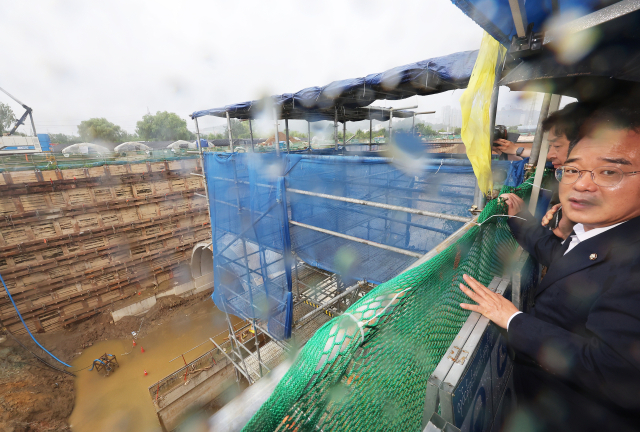
Following the electrocution incident on the Gyeonggi Gwangmyeong Expressway, the police and the Ministry of Employment conducted simultaneous searches at multiple locations, including the Incheon Songdo headquarters of POSCO E&C. This forced investigation aims at the systemic responsibility of the main contractor beyond mere on-site negligence, causing significant repercussions.

DL Construction has temporarily halted work at all sites and initiated urgent safety inspections. The longer it takes for operations to resume, the greater the issues that may arise, including delays in schedules, reassessment of financial agreements, and delays in payments to subcontractors and suppliers, significantly impacting cash flow.
Increased Level of Regulation|Enhanced Enforcement of Business Suspension and License Cancellation
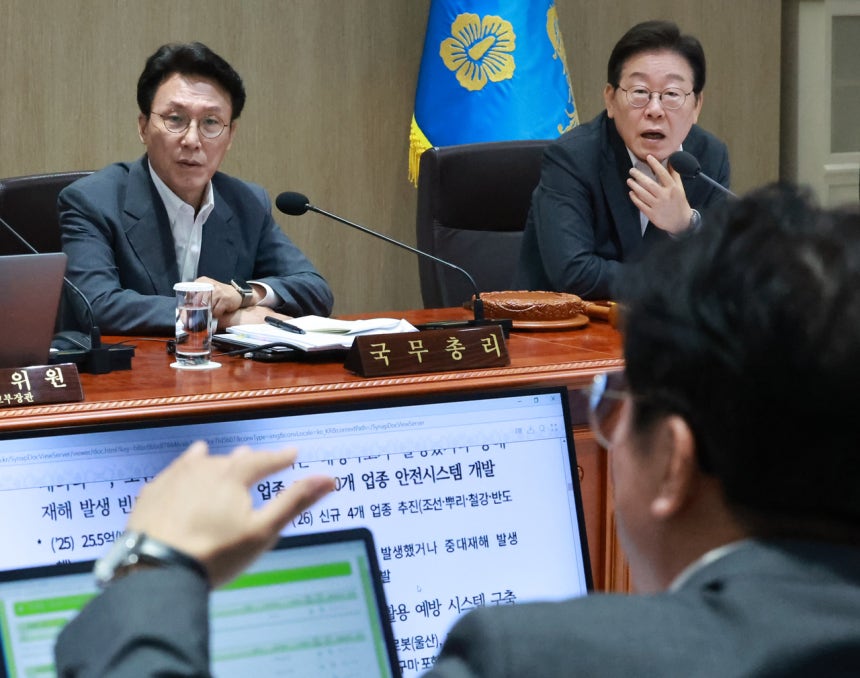
The government has set a goal to reduce the industrial accident death rate to the OECD average and plans to strongly promote a government-wide response to serious accidents. If this trend continues, strict sanctions such as business suspension, license cancellation, and public bidding restrictions may become a reality.
Even though some projects may continue under exceptions despite the sanctions, the clients and main lenders are likely to strengthen guarantees and adjust risk premiums upwards. This could ultimately lead to delays in project commencement and increased costs.
The Consequential Effects of Lee Jae-myung's Labor Policy|Good Intentions, but Short-term Shock is Inevitable

The main directions of the policy can be summarized as discussions on the introduction of a 4.5-day work week, re-promotion of Articles 2 and 3 of the Labor Union Act (commonly known as the yellow envelope law), reassessment of the comprehensive wage system, and enhancement of supervision and enforcement.
The goal of these policies is to structurally improve long working hours and hazardous working conditions. However, due to the nature of the construction industry, if the same criteria are swiftly applied to outdoor shift work and process chains, it may reduce operational flexibility at the sites. This might lead to a structural increase in labor costs and safety expenses.
In particular, the regularization of responses to serious accidents and the formalization of supervision could increase the risk premium for companies, immediately affecting funding and competitive bidding pressures. These changes are expected to have a significant impact across the industry.
Pathways to a Contraction in the Construction Market|Costs, Time, and Capital Tighten Simultaneously
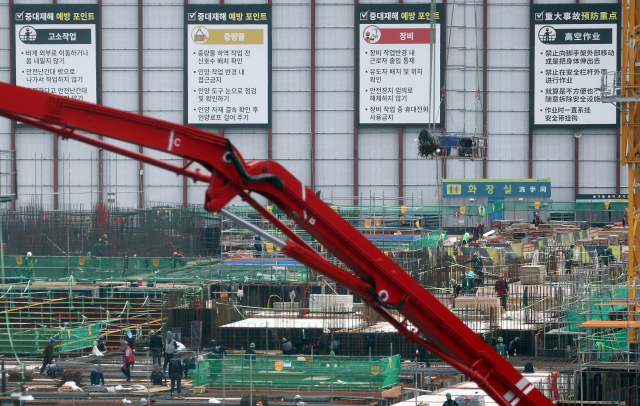
Firstly, investment in safety personnel, equipment, education, and the restructuring of shifts leads to an increase in unit costs.
Secondly, due to the characteristics of construction, there are many interfaces between processes, which increases friction during the restart process after work stoppages, cementing project delays.
Thirdly, these delays amplify risks related to interim financing interest, penalties for delays, defects, and disputes. From a PF perspective, with stricter rollover conditions for bridge loans, the pace of fund disbursement slows.
These three pathways ultimately degrade the viability of sales and maintenance projects, leading to a contraction in new commencements and orders.
Potential Negative Effects on the Employment Market|Despite Enhanced Safety, Concerns of Declining 'Quality and Quantity' of Jobs Persist

Regardless of policy goals, in the current short-term situation, defending the costs of primary and subcontracting is the most important task. As a result, the deployment of non-regular and daily labor may decrease, leading to a reduction in on-site labor. Moreover, margin pressures may simultaneously arise within the multi-tiered subcontracting structure.
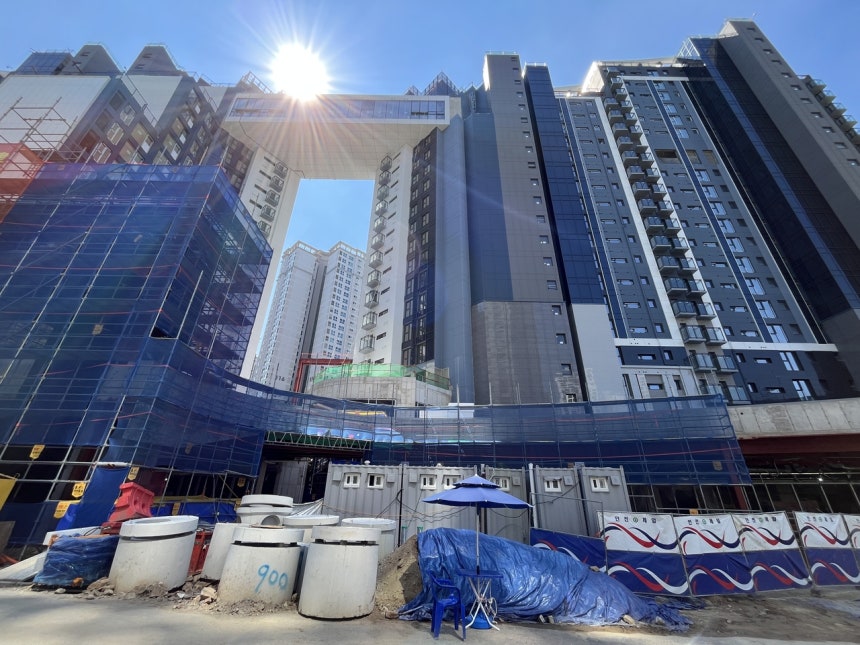
Local small-scale projects are more sensitive to order delays or work suspensions. This could significantly deteriorate both the quality and quantity of on-site jobs. Even with enhanced safety, there is a high likelihood of employment conditions worsening in the short term.
Conclusion|Negative Outlook: High Likelihood of a Contraction in the Construction Market and Deterioration of Employment in 6 to 12 Months
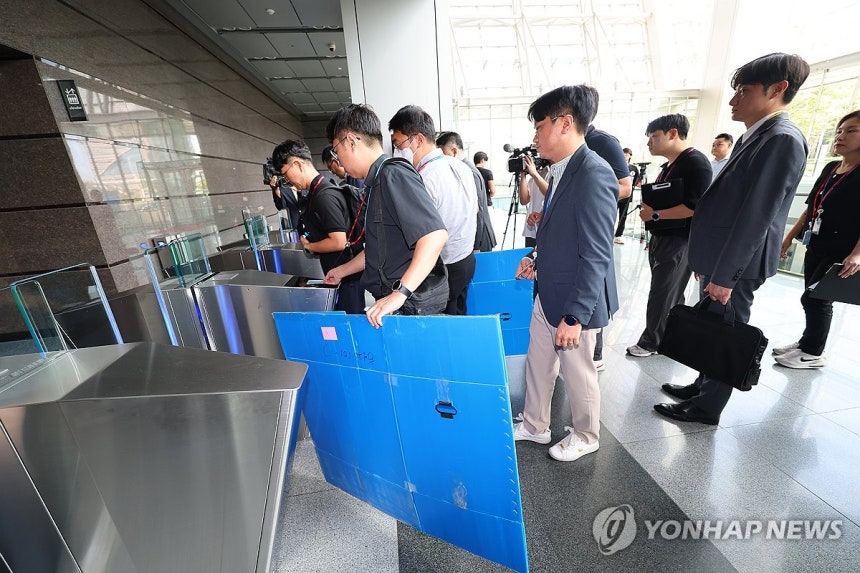
Recently, the simultaneous occurrence of the search and seizure at POSCO E&C and the work suspension at DL Construction, along with signals of the Lee Jae-myung government's labor policy strengthening, makes it likely that a contraction in the construction market will be realized within 6 months to a year. As a result, risks such as business suspension and license cancellation will be ongoing variables, and the three factors of costs, time, and funds are expected to face difficulties simultaneously.
In the short term, frequent postponements of work commencements and adjustments in volume mean concerns about a reduction in on-site employment and a decline in quality. If a haste is maintained without supplementing policies, safety may be enhanced, but supply disruption and employment deterioration will be inevitable, leading to a significantly negative outlook on the current situation. Such changes are expected to have a great impact on the future construction industry.
#POSCOE&C, #industrial accident, #search and seizure, #DLConstruction, #work suspension, #business suspension, #license cancellation, #construction market, #impact on the construction industry, #LeeJae-myung labor policy, #SeriousAccidentsPunishmentAct, #LaborUnionAct Articles 2 and 3, #comprehensive wage system, #45-hour work week, #safety management, #project delays, #PFrisk, #deterioration of business profitability, #sales delays, #maintenance projects, #subcontracting, #daily wage employment, #local construction market, #risk premium, #financial procurement, #public bidding restrictions, #liquidity deterioration, #negative outlook, #employment deterioration, #distribution economy
Frequently Asked Questions (FAQ)
Q. What impact did the POSCO E&C industrial accident have on the construction industry?
The POSCO E&C industrial accident has led to search and seizure and work suspensions, significantly increasing safety and regulatory risks in the construction industry.
The recent search and seizure of POSCO E&C's headquarters and the suspension of DL Construction projects illustrate the simultaneous tightening of safety issues and regulations. The police and the Ministry of Employment are expanding forced investigations targeting the systemic responsibilities of primary contractors, intensifying uncertainty and tension across the construction sector. This has resulted in work stoppages, delays in processes, and increased related costs, creating a significant impact on the industry.
Q. What are the major effects of changes in the labor policy of the Lee Jae-myung government on construction sites?
The strengthening of labor policies under the Lee Jae-myung government aims to improve safety but may result in rising costs and economic contraction on construction sites in the short term.
The government is pursuing improvements in working conditions, such as introducing a 4.5-day work week, re-promoting Articles 2 and 3 of the Labor Union Act, reviewing the comprehensive wage system, and enhancing supervision. While these policies focus on structurally changing long working hours and hazardous working environments, the nature of outdoor and shift work in construction may lead to decreased operational flexibility, resulting in increased safety costs and worsening project delays. Consequently, risk premiums may rise and financial burdens may increase, leading to anticipated short-term economic contraction.
Q. What are the economic effects of work suspensions on construction sites and projects?
Work suspensions lead to process delays, reassessment of financial agreements, and delays in payments to subcontractors and suppliers, resulting in worsened cash flow and rising costs.
As seen in the case of DL Construction, a complete work stoppage may lead to prolonged delays before work resumes, which can create issues in financial agreements and cash circulation. This results in delayed payments to subcontractors and suppliers, putting severe strain on cash liquidity. Additionally, the longer the delays last, the greater the risks of penalties for delays and conflicts, leading to overall deterioration of project viability.
Q. What risks does the strengthening of regulations like the Serious Accidents Punishment Act pose to construction companies?
Strengthening the Serious Accidents Punishment Act increases the risk of strict sanctions such as business suspension and license cancellation, raising risks for construction companies.
The government is pursuing a comprehensive response to serious accidents to lower the industrial accident death rate to OECD levels. This raises the likelihood of sanctions such as business suspensions and license cancellations becoming a reality, and clients and financial institutions are increasingly adjusting risk premiums and strengthening guarantees. This will further intensify delays in project commencement and rising costs, with regulatory risks emerging as a key variable in the management of construction companies.
Q. What is the impact of safety enhancement policies on the employment market in the construction industry?
Enhanced safety policies are expected to have negative effects on the employment market in the short term, reducing both the quality and quantity of jobs.
Contrary to policy goals such as enhancing safety and reducing labor hours, defending the costs of primary and subcontracting has become a priority, which could lead to a decline in the deployment of non-regular and daily staff and a decrease in on-site labor. Furthermore, margin pressures within multi-tiered subcontracting structures may also deepen, resulting in a decline in both the quality and quantity of on-site jobs. In particular, local small projects are more sensitive to order delays and work suspensions, leading to pronounced deterioration in employment prospects.
Q. What is the outlook for the construction market in the next 6 to 12 months?
The outlook for the construction market over the next 6 to 12 months is likely to contract significantly due to rising costs, process delays, and funding constraints resulting from strengthened safety and regulatory measures.
With recent incidents and policy changes, risks of business suspension and license cancellation are becoming regular factors, and the triplet challenge of costs, schedules, and capital is materializing. This is expected to lead to frequent postponements of work commencements and adjustments in quantities, raising concerns about decreased employment and quality. If hastily implemented policies continue without supplemental measures, the enhanced safety protocols may result in supply disruptions and adverse employment conditions, leading to a highly negative outlook for the construction industry in the short term.